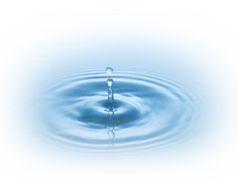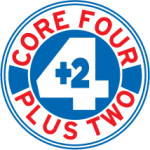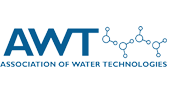Core 4+2
Corrosion
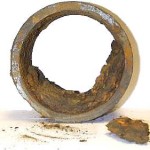 Water is the universal solvent. The rate of general corrosion, or the rate at which metal is lost equally across the surface, is normally a function of the water chemistry. It will dissolve anything in its path. This includes heat transfer equipment.
Water is the universal solvent. The rate of general corrosion, or the rate at which metal is lost equally across the surface, is normally a function of the water chemistry. It will dissolve anything in its path. This includes heat transfer equipment.
Scaling
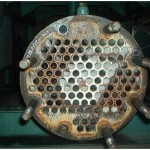 Impurities in the water will come out of solution at the hotter areas of the system. These deposits will result in increased energy consumption, higher production costs, and localized corrosion. This will diminish heat transfer by acting like insulation.
Impurities in the water will come out of solution at the hotter areas of the system. These deposits will result in increased energy consumption, higher production costs, and localized corrosion. This will diminish heat transfer by acting like insulation.
Biological Fouling
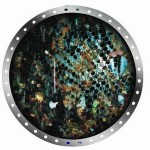 Microorganisms will grow in water and interfere with flow and heat transfer. They will lower heat transfer effectiveness by also acting as insulation. This organisms will also increase corrosion and could be pathogenic.
Microorganisms will grow in water and interfere with flow and heat transfer. They will lower heat transfer effectiveness by also acting as insulation. This organisms will also increase corrosion and could be pathogenic.
Accumulation of dirt and debris
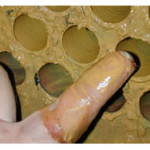 Water will “wash” anything out of the surrounding area. Overall fouling occurs by outside containments, (such as dust, dirt, grim and other particles) getting into your water system. This accumulated dirt and debris will increase corrosion, encourage scaling and aid in the growth of microbiological fouling.
Water will “wash” anything out of the surrounding area. Overall fouling occurs by outside containments, (such as dust, dirt, grim and other particles) getting into your water system. This accumulated dirt and debris will increase corrosion, encourage scaling and aid in the growth of microbiological fouling.
As a Heat Transfer Manager, by solving the Core 4 you will gain the plus 2! We will help you save energy and conserve water making your building or processing run more efficiently.
Energy Savings
One of the goals for our water treatment program endeavors is to accomplish making a system more economical to operate because we are performing water treatment properly. Our goal is to make our water treatment services pay for itself with our customer’s energy savings. Since we started in 2004, this has always been one of our goals and we have had many case histories to prove it. In November of 2006 we sought out the US Department of Energy (DOE) to inquire about becoming an Energy Star Partner, putting those case histories to good use.
From November 2006 to March 2007, we submitted 10 case histories showing how our products and program can make a system run more efficiently. These case histories include cooling towers, closed loop systems and steam boilers. All the case histories show how we took on a dirty system, cleaned it up, kept it clean and then optimized the amount of energy and water used.
Energy Star was so impressed with our submission, they actually came to an Association of Water Technologies convention to learn more about water treatment. Our original goal was to show how proper water treatment saves water and energy, but as a result we ended up making Energy Star a bit more aware of our field and how important water treatment is.
Water Conservation
- As a result of properly treated systems
- Diverted Water Credit
We assist our clients in working with their water provider (county or municipality) receiving diverted water credit to offset the cost of their consumption.

